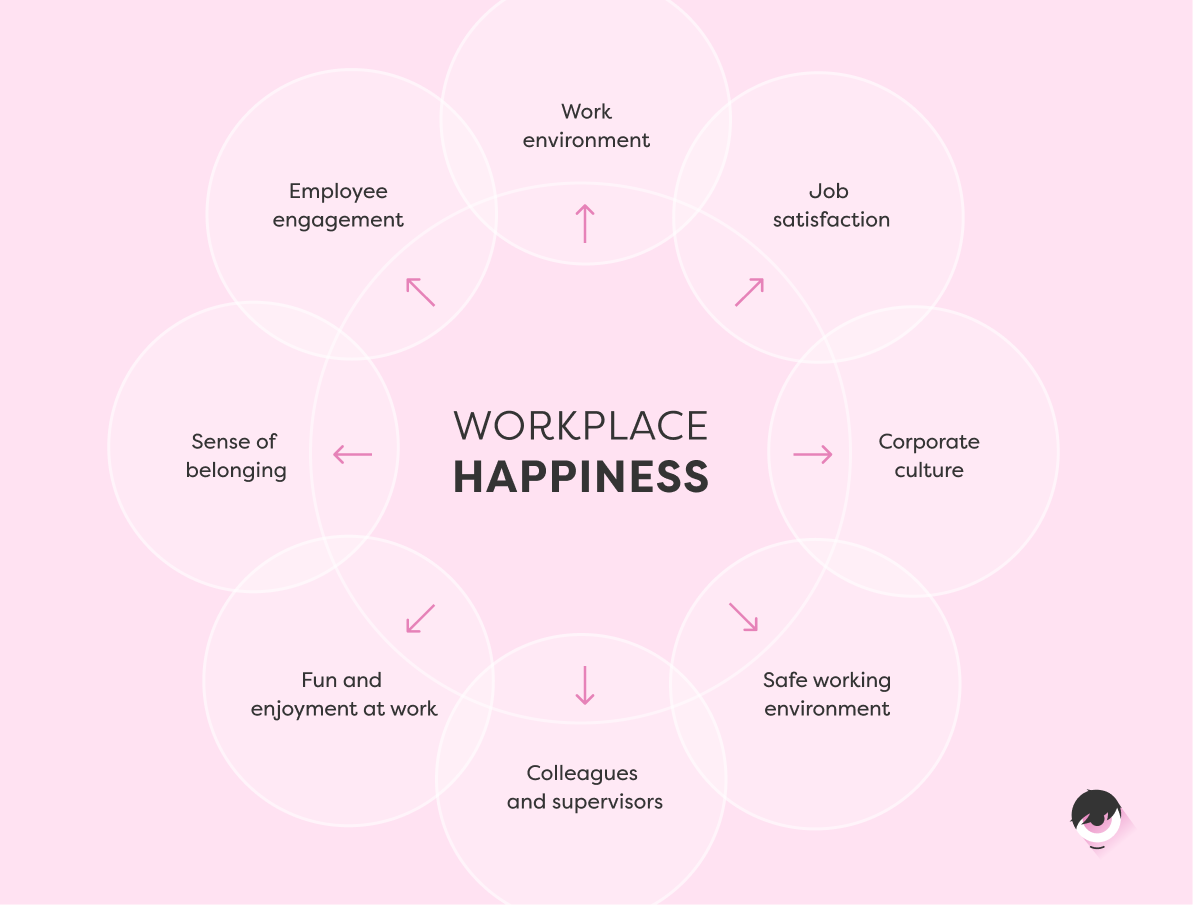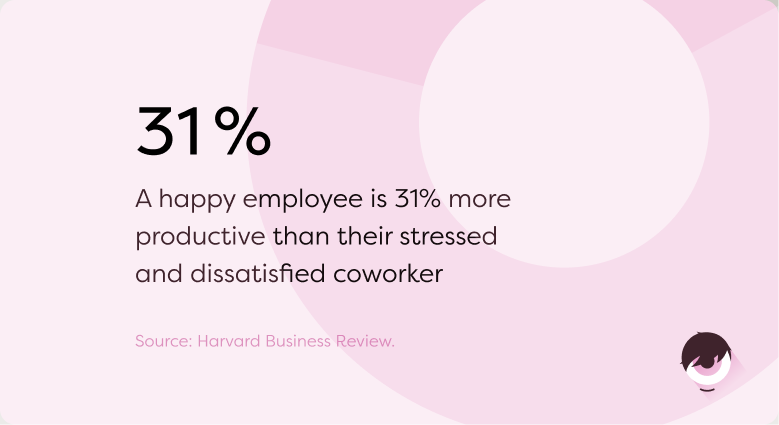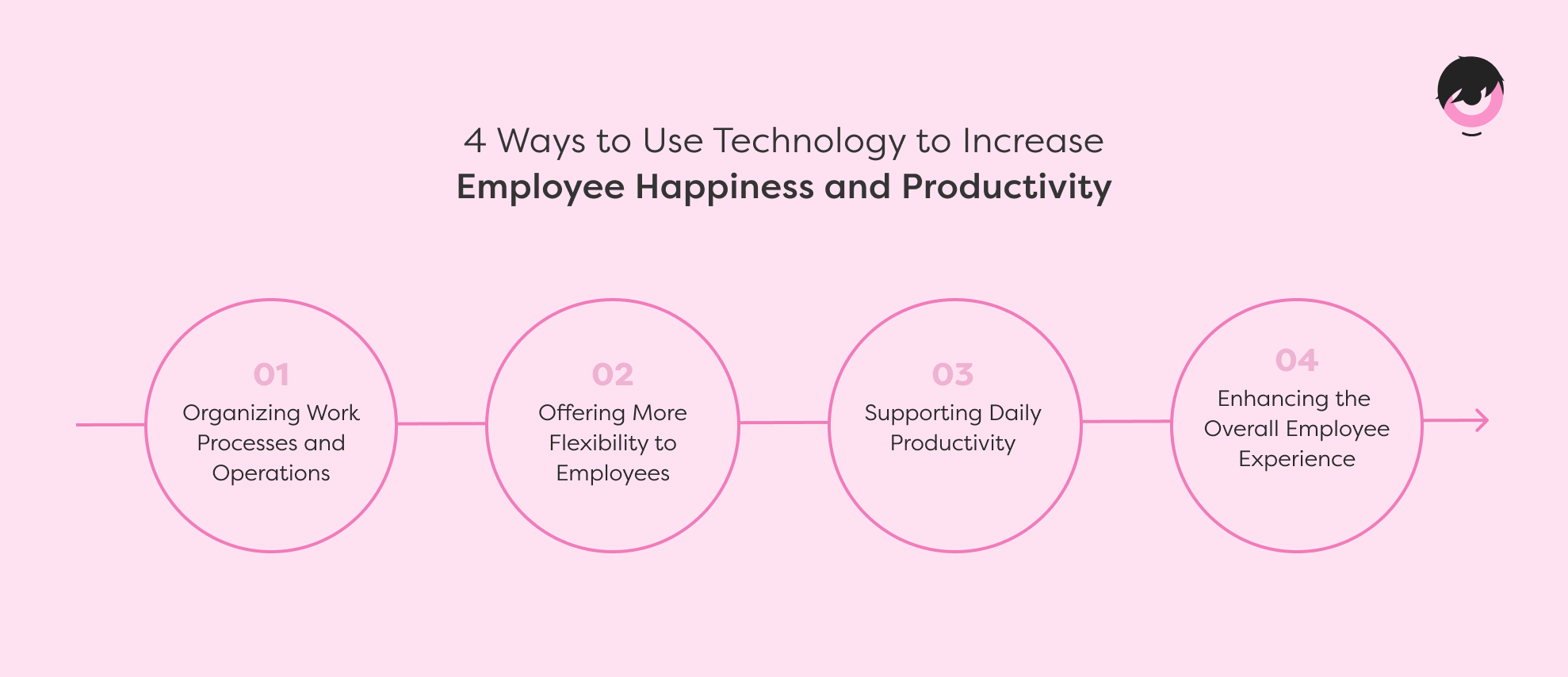Employees are interrupted an average of fifteen times a day, which often leads to task delays and a feeling of stagnation. These challenges contribute to a sense of discouragement and issues of burnout.
Technological tools can help address these issues by reducing workloads, facilitating task and project management, and simplifying the communication of information among team members. For instance, by implementing a business process mining platform, organizations can gain a deeper understanding of process inefficiencies and bottlenecks. These platforms leverage data analytics to offer insights into how workflows can be optimized, ultimately improving both employee productivity and satisfaction.
Besides that, before selecting the right tools and platforms, it’s crucial to understand the unique needs of your team and the nature of your work. For example, businesses with a mix of remote and in-office teams may find that softwares such as Applixure digital employee experience tool are key tools, while those in customer-facing sectors may prioritize tools that enhance productivity and engagement tracking. By choosing the right tools for each area, organizations can create a more cohesive and productive work environment.
However, the use of these tools should be efficiently framed to encourage digital disconnection and provide employees with proper training to get the most out of their work software.


















